Luxor Temple Egypt’s Eternal Heritage
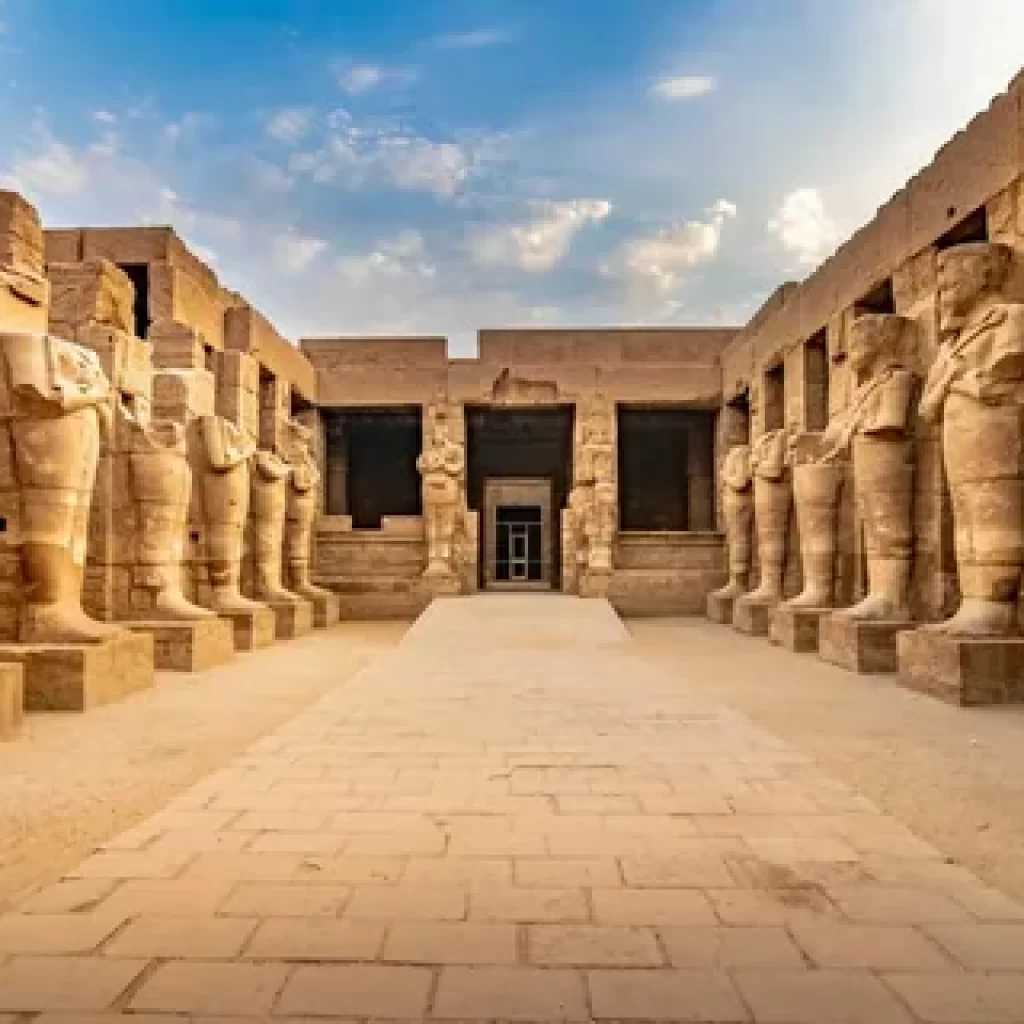
Table of Contents:
- Introduction
- The Story of Luxor Past
- Breathtaking Design of Temple
- The Spiritual Importance of Temple
- Key Highlights: Avenue of Sphinxes
- The Temple’s Role in Ancient Festivals
- Conservation Initiatives and Recent Findings
- Luxor Temple at Night: An Amazing Sight
- Luxor Temple in Modern Culture
- Visiting Luxor Temple: Practical Tips
- Conclusion
- FAQ
Introduction
Luxor Temple, (modern-day Luxor), is a testament to the grandeur and enduring legacy of ancient Egyptian civilization. Known for its architectural splendor and religious significance, Temple has captivated historians, archaeologists, and tourists for centuries. Unlike other temples in Egypt, which were built for gods, Temple was dedicated to the rejuvenation of kingship and was closely associated with the divine kingship of the pharaohs. This article delves into the rich history, architectural features, and cultural significance of Temple, offering a comprehensive guide to understanding one of Egypt’s most iconic monuments.
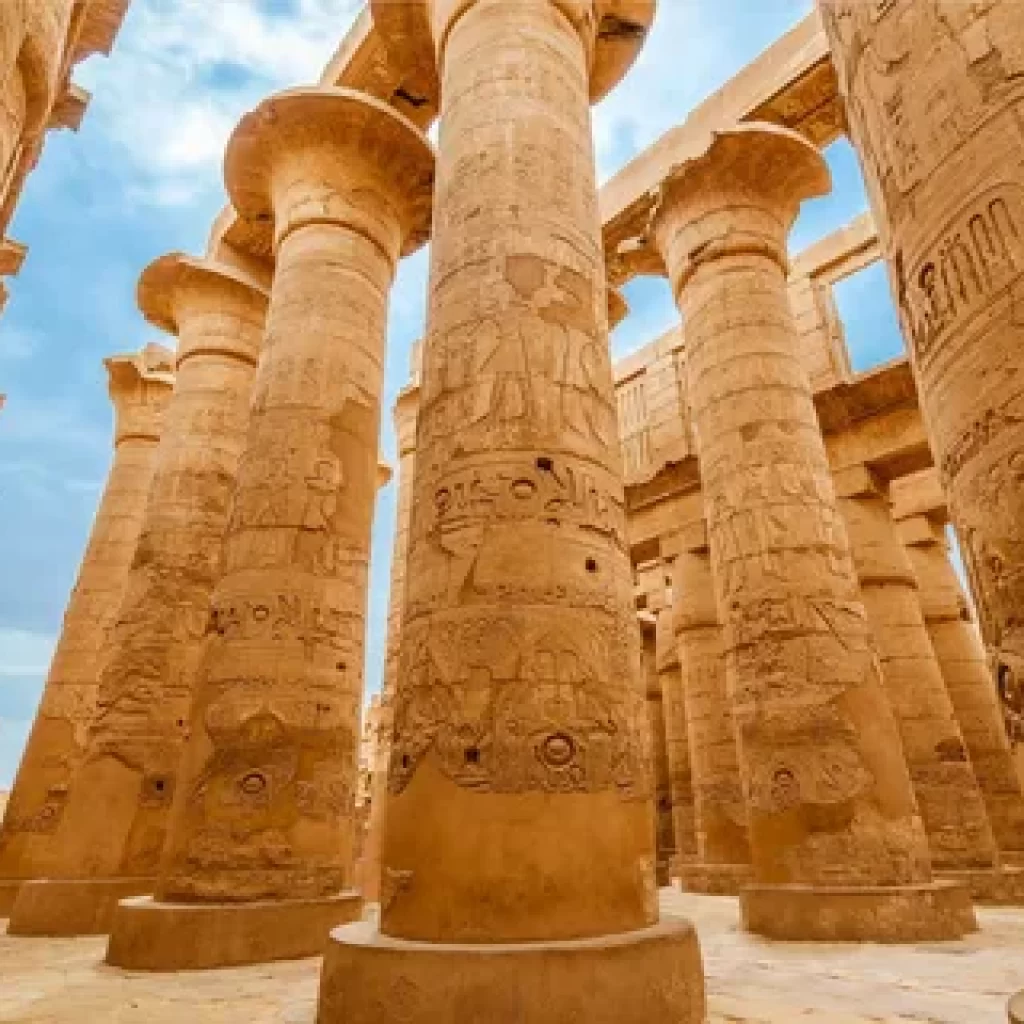
1. The Story of Luxor Past
Temple was constructed around 1400 BCE during the New Kingdom era. The temple was primarily built by Pharaoh Amenhotep III, with subsequent additions by Tutankhamun, Horemheb, and Rameses II. Temple honored the Theban Triad—Amun, Mut, and Khonsu—acting as ahub for the Opet Festival, which celebrated the king’s divine nature.The temple’s history reflects the religious and political changes that occurred in ancient Egypt over the centuries, making it a valuable source of insight into the civilization’s evolution.
2. Breathtaking Design of Temple
Temple is a stunning example of ancient Egyptian architecture, featuring grand colonnades, towering obelisks, and intricately carved reliefs. Rameses II built a massive pylon marking the temple’s entrance, once flankedby two huge obelisks, one now standing in Place de la Concorde, Paris. The temple’s interior includes the famous Hypostyle Hall, which is lined with papyrus-bundle columns that rise to the sky like a forest of stone. The overall design of the temple, with its alignment to the Nile and the nearby Temple, reflects the ancient Egyptians’ mastery of architecture and their deep connection to their environment.
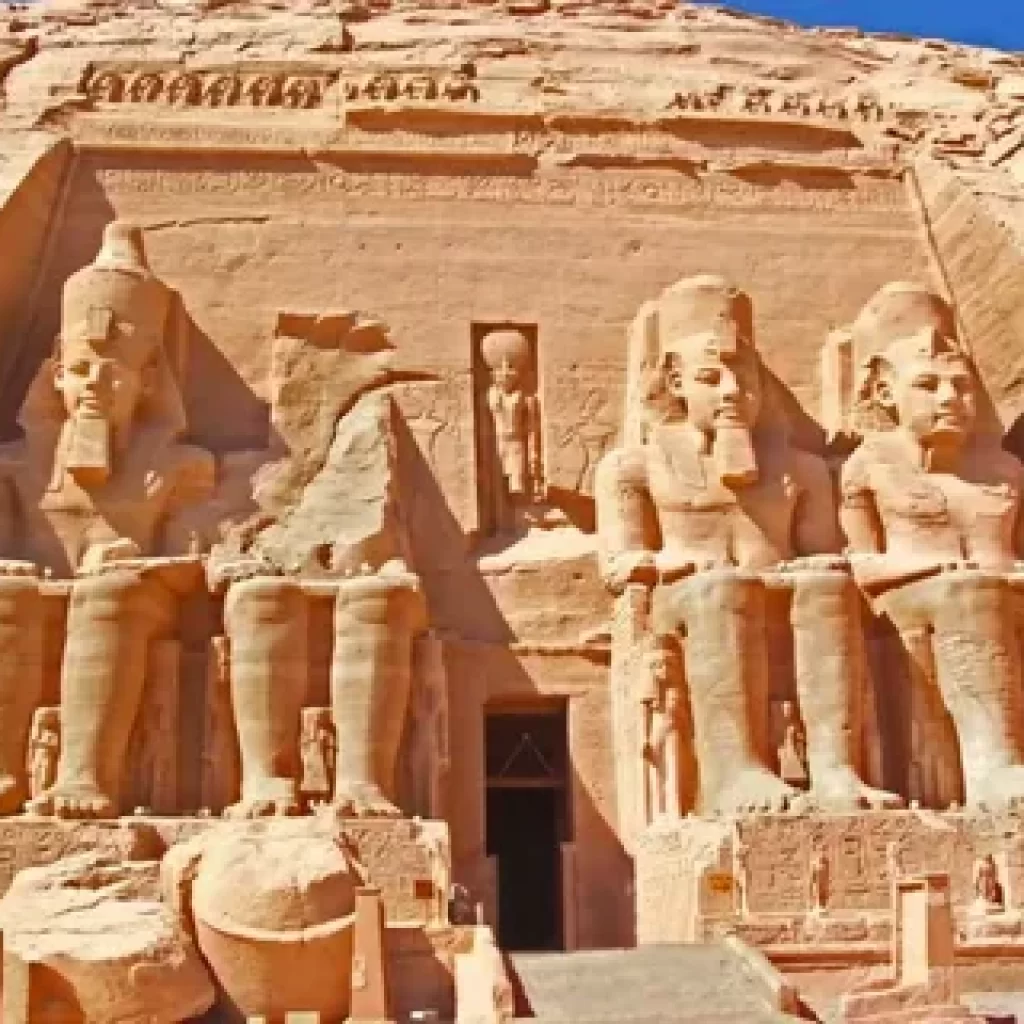
3. The Religious Significance of Temple
Temple was not just a monument but a vital religious site in ancient Egypt. It played a key part in the Opet Festival, an extravagant yearly event where statues of the Theban Triad paraded from Temple. The festival was a time of renewal and reaffirmation of the pharaoh’s divine right to rule. The temple’s sacred spaces, including the inner sanctuaries, were where rituals we reperformed to honor the gods and ensure the continued prosperity of the nation. Temple’s religious significance extends beyond its original purpose, as it later housed a Roman shrine and a Christian church, showcasing its enduring spiritual importance.
4. Key Highlights: Avenue of Sphinxes
One of the most remarkable features of Temple is the Avenue of Sphinxes, a 2.7-kilometer-long road lined with hundreds of sphinx statues that once connected Temple. This grand avenue was used during the Opet Festival to transport the statues of the gods between the two temples. The sphinxes, with their lion bodies and human heads, symbolize protection and power, guarding the sacred path between the temples. Recent restoration efforts have uncovered more of these statues, allowing visitors to walk the ancient path just as the ancient Egyptians did thousands of years ago.
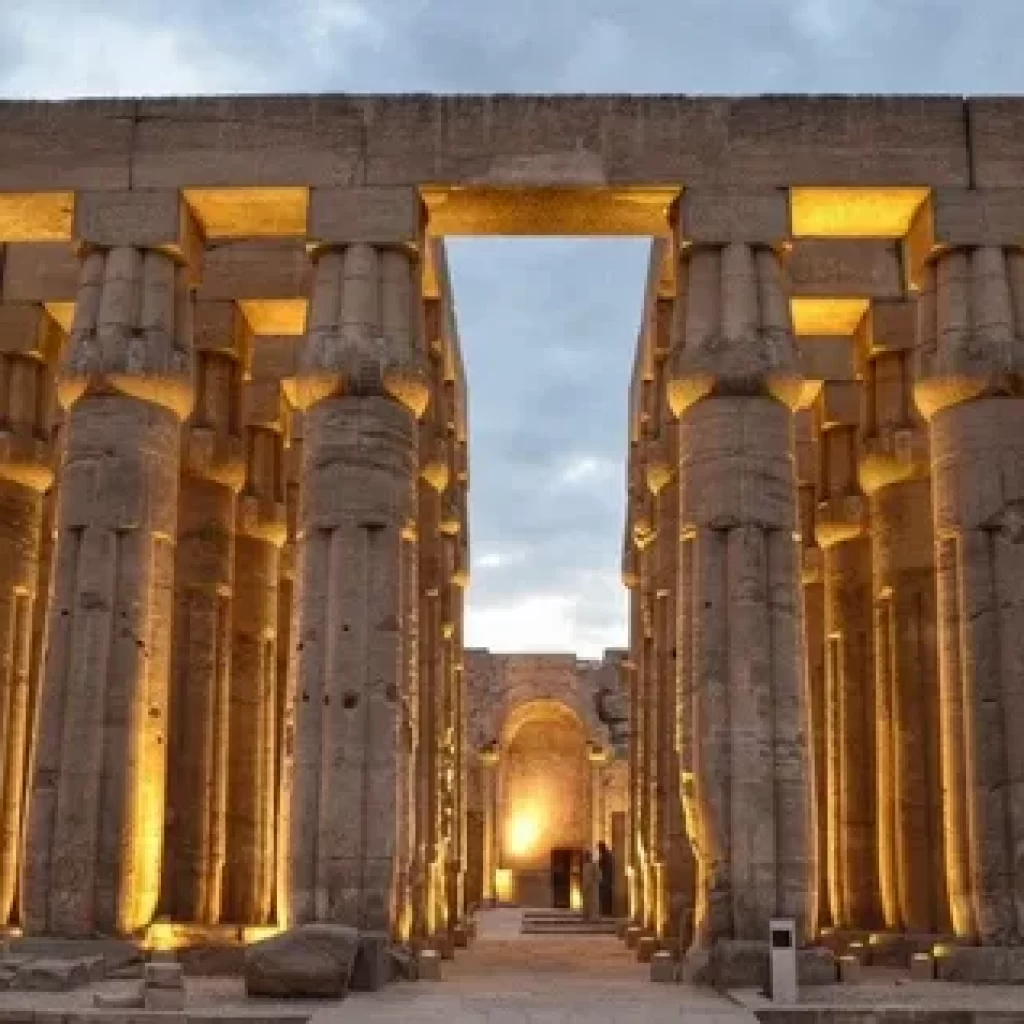
5. The Temple’s Role in Ancient Festivals
The Opet Festival was one of the most significant events in the ancient Egyptian calendar, and Temple was at its heart. The festival, which lasted for several weeks, involved elaborate processions, rituals, and offerings to the gods. The journey of the god Amun’s statue from Karnak to Temple symbolized the rejuvenation of the king’s divine powers and the renewal of his mandate to rule. The festival was a time of joy and celebration for the people of Thebes, and it reinforced the close relationship between the gods and the pharaoh. Temple’s role in the Opet Festival highlights its importance as a center of religious life in ancient Egypt.
6. Conservation Initiatives and Recent Findings
Over the centuries, Temple has faced challenges from natural decay, environmental changes, and human activity. However, ongoing preservation efforts have helped to protect and restore this ancient monument. Archaeologists have made significant discoveries at the site, including statues, inscriptions, and even entire sections of the temple that were previously buried under layers of sand. Modern technology, such as 3D scanning and digital modeling, has also played a role in preserving the temple’s intricate details and ensuring that it remains a source of knowledge for future generations. The preservation of Temple is a testament to the dedication of those who recognize its historical and cultural value.
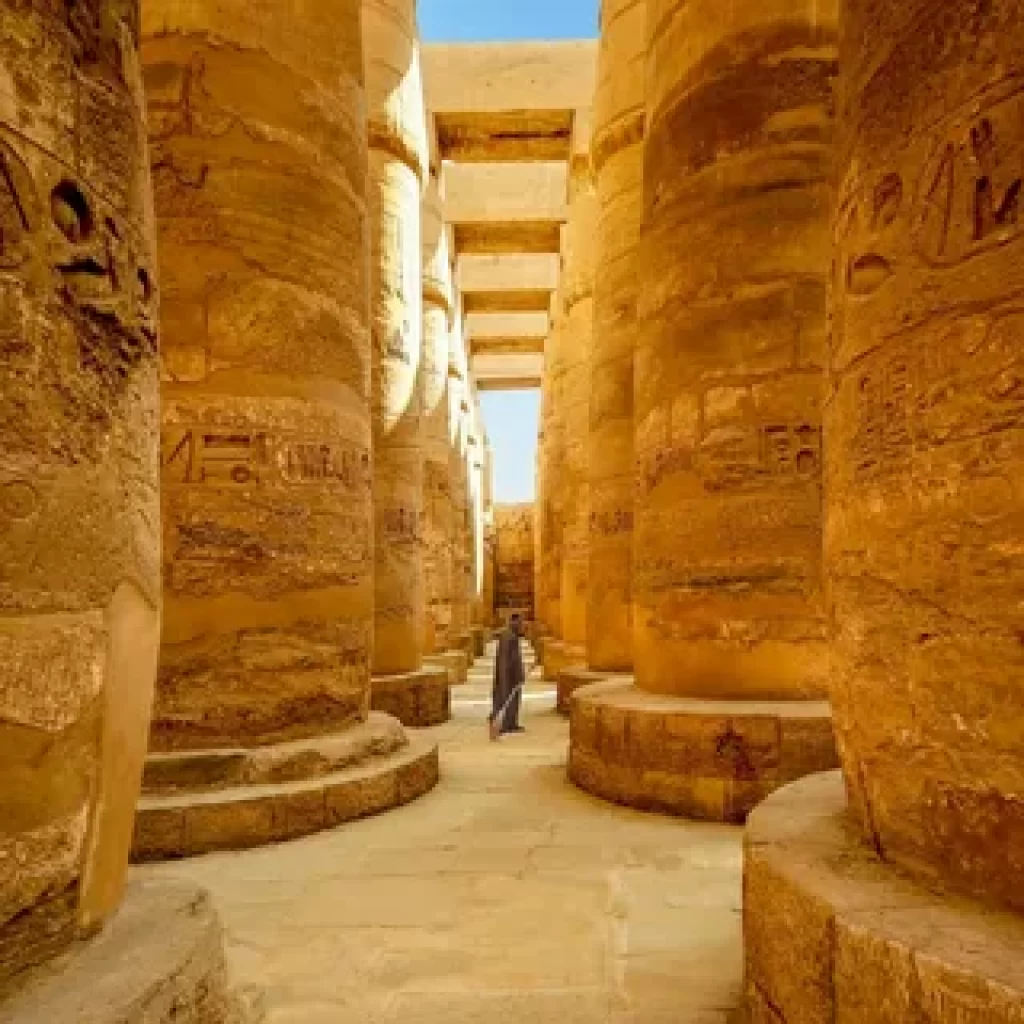
7. The Temple at Night: An Amazing Sight
As the sun sets, the temple is illuminated by a series of strategically placed lights that highlight its architectural features and create a magical atmosphere. The columns and statues cast long shadows, and the carvings on the walls seem to come to life in the soft glow of the lights. The nighttime visit allows for a quieter, more reflective experience, away from the heat and crowds of the day. It’s a chance to see the temple in a different light, literally and figuratively, and to appreciate its timeless beauty in a serene and enchanting setting.
8. Visiting Luxor Temple: Practical Tips
Temple continues to captivate people around the world, not just as an archaeological site but as a symbol of ancient Egyptian civilization. It has been featured in numerous documentaries, films, and books, often serving as a backdrop for stories that explore the mysteries and wonders of ancient Egypt. The temple’s iconic imagery, such as the Avenue of Sphinxes and the towering obelisks, has become synonymous with the grandeur of Egypt’s past. Temple also plays a role in the local economy, attracting tourists who come to experience its history and marvel at its architecture. Its presence in modern culture ensures that Luxor Temple remains a living monument, connecting the past with the present.
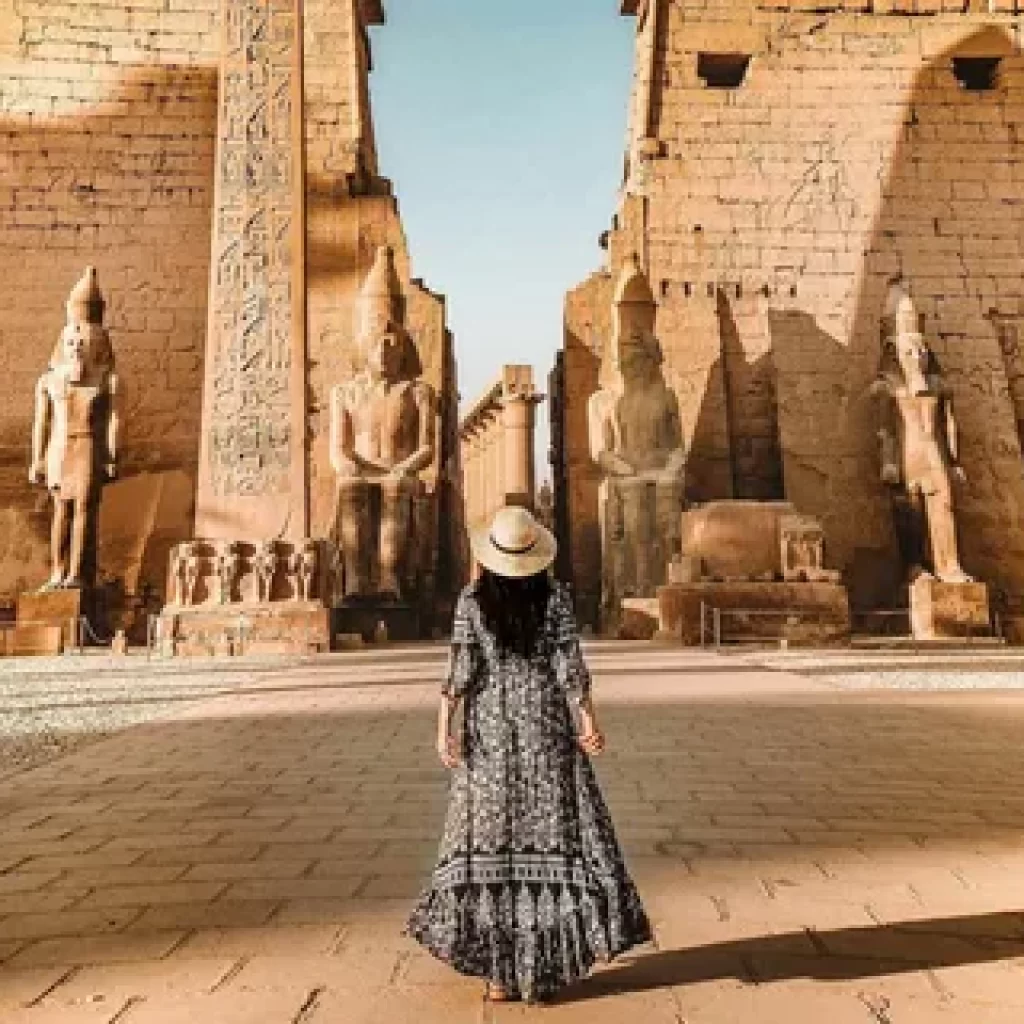
9. Visiting Luxor Temple: Practical Tips
For those planning to visit Temple, there are a few practical tips to keep in mind. The ideal time to visit is from October to April when the cooler weather makes exploring more comfortable. Visiting early morning or late afternoon helps you avoid midday heat and enjoy the temple with fewer crowds. Visitors should allow at least two hours to explore the site, including time to walk the Avenue of Sphinxes and take in the surrounding views. Comfortable walking shoes, sunscreen, and plenty of water are essential for a visit to Temple. Finally, consider hiring a knowledgeable guide who can provide insights into the temple’s history and significance, making the visit even more enriching.
10. Conclusion
Luxor Temple stands as a timeless symbol of Egypt’s rich cultural heritage, offering a glimpse into the religious, political, and architectural achievements of one of history’s greatest civilizations. From its role in the Opet Festival to its stunning architectural features, Temple continues to inspire awe and admiration. As preservation efforts continue and new discoveries are made, Temple remains a vital link to the past, inviting us to explore and appreciate the legacy of ancient Egypt. Whether viewed in the daylight or illuminated at night, Luxor Temple is a must-see destination for anyone seeking to connect with the grandeur of Egypt’s ancient history.
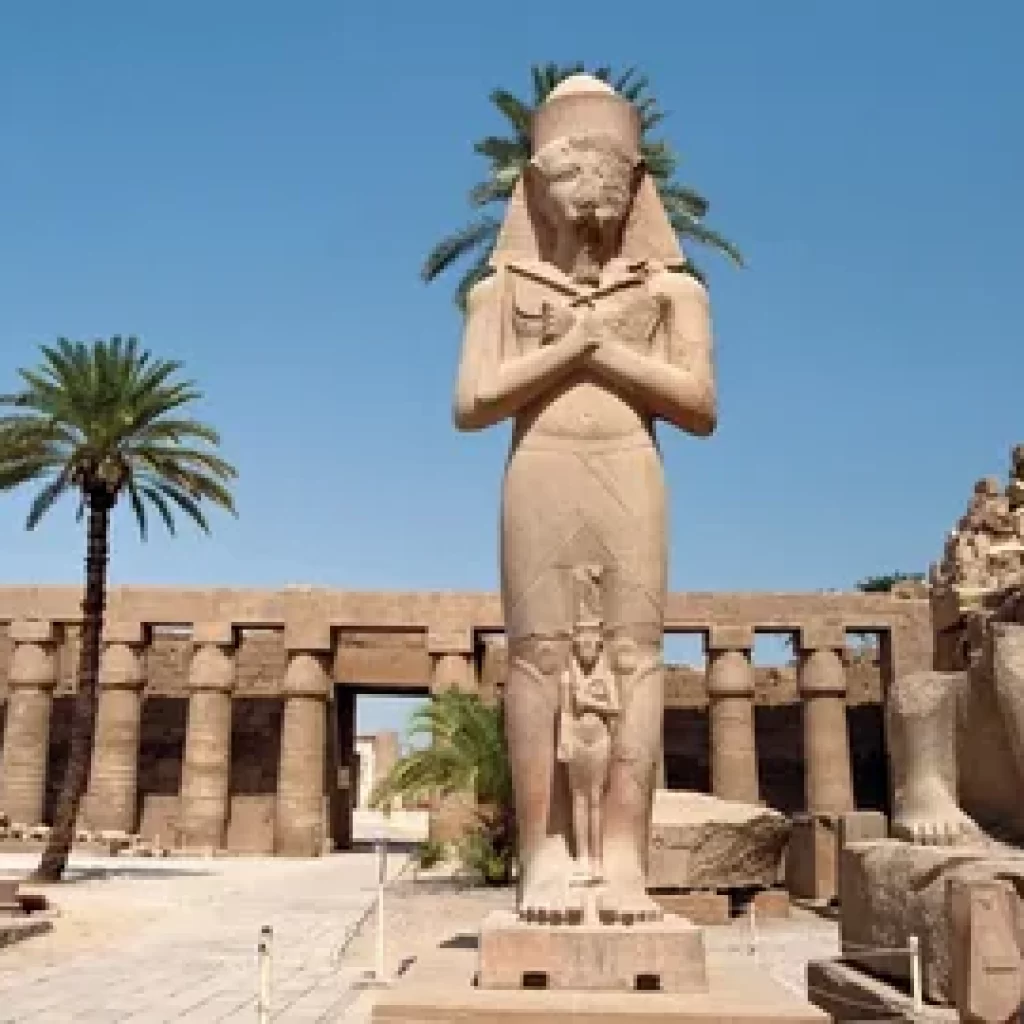
1. What makes Luxor Temple significant?
Luxor is significant as it was dedicated to the rejuvenation of kingship in ancient Egypt and played a central role in the Opet Festival, which celebrated the divine aspect of the pharaoh’s rule.
2. When was Temple constructed?
Built mostly around 1400 BCE during the New Kingdom, Pharaoh Amenhotep IIIstarted constructing Temple. Later, Tutankhamun, Horemheb, and Rameses II added to it.
3. What are the key architectural features of Temple?
Temple is renowned for its grand pylon entrance, Hypostyle Hall with towering papyrus-bundle columns, Avenue of Sphinxes, and the massive statues of Rameses II.
4. What was the Opet Festival, and how was Temple involved?
The Opet Festival occurred annually, showcasing statues of the Theban Triad paraded from Karnak Temple.
5. Can visitors tour Temple at night?
Yes, Temple offers nighttime visits where the temple is beautifully illuminated, creating a magical atmosphere that highlights its architectural features.
6. What role did Temple play in ancient Egyptian religion?
Temple was a vital religious site dedicated to the gods Amun, Mut, and Khonsu. It was a center for rituals and ceremonies that reinforced the divine right of the pharaoh to rule.
7. How can I prepare for a visit to Luxor Temple?
Travel between October and April for cooler weather. Wear comfortable walking shoes, pack sunscreen and water, and consider hiring a guide to learn about the temple’s history.





Comment (0)